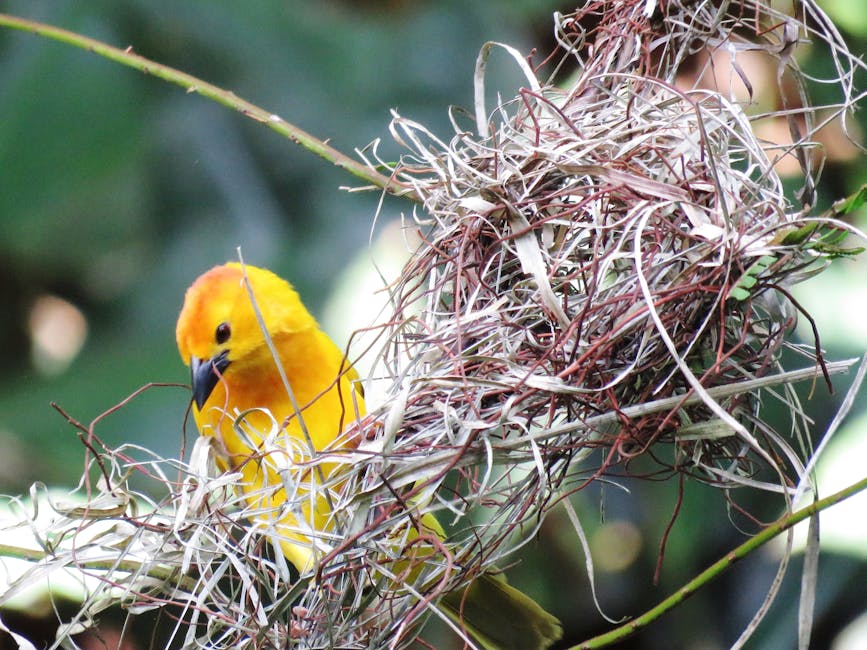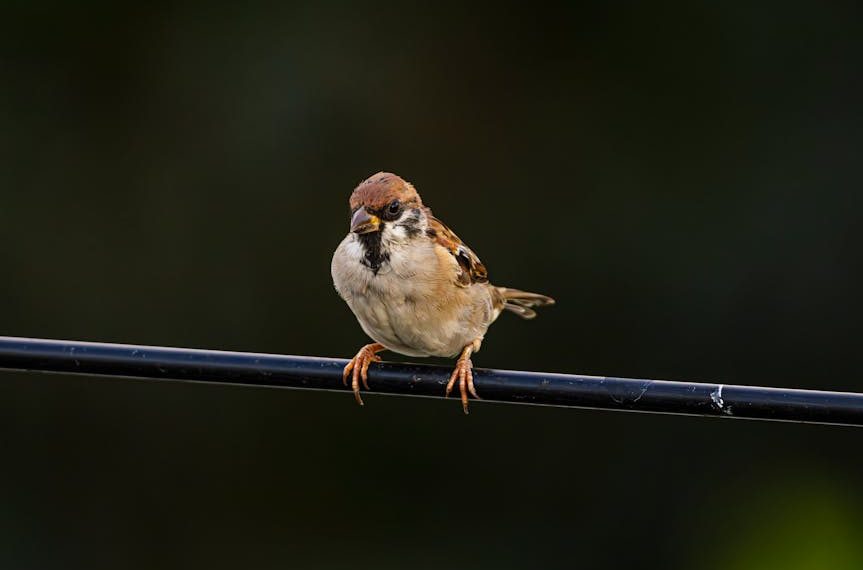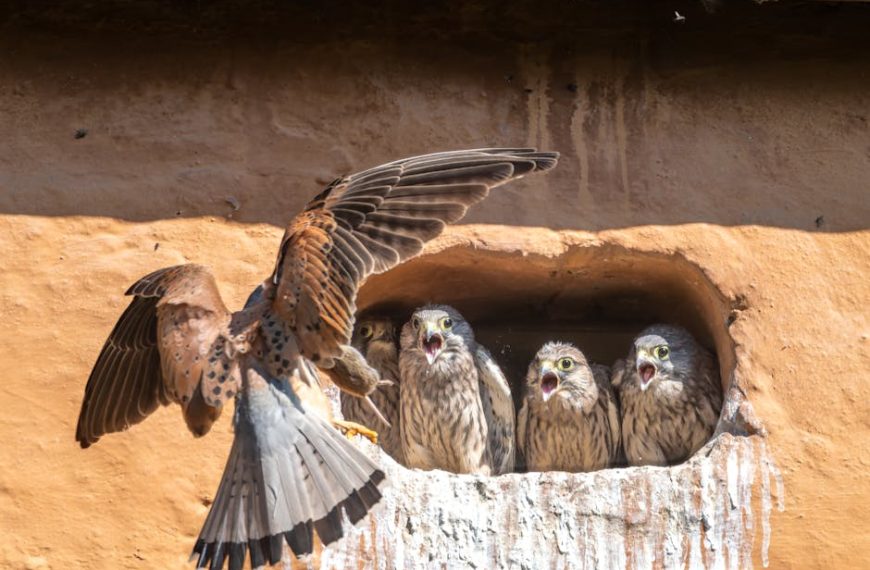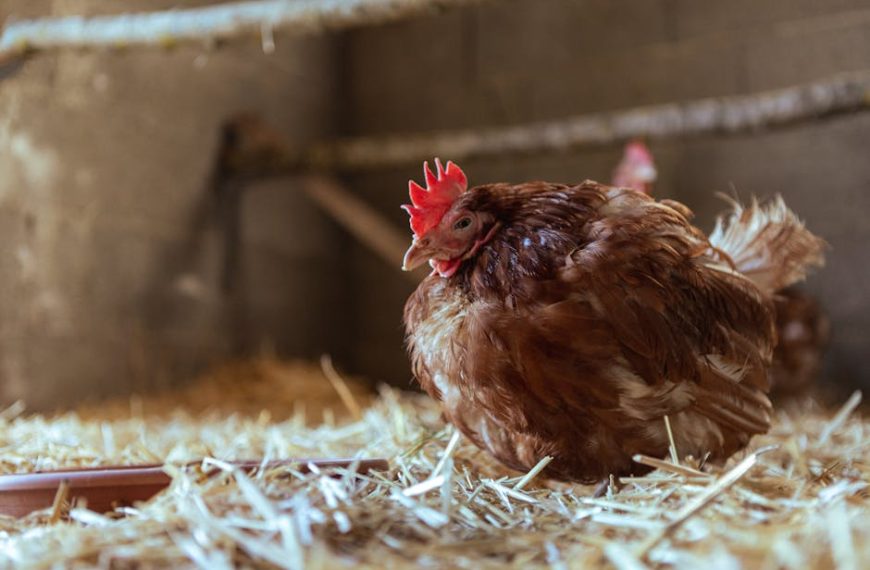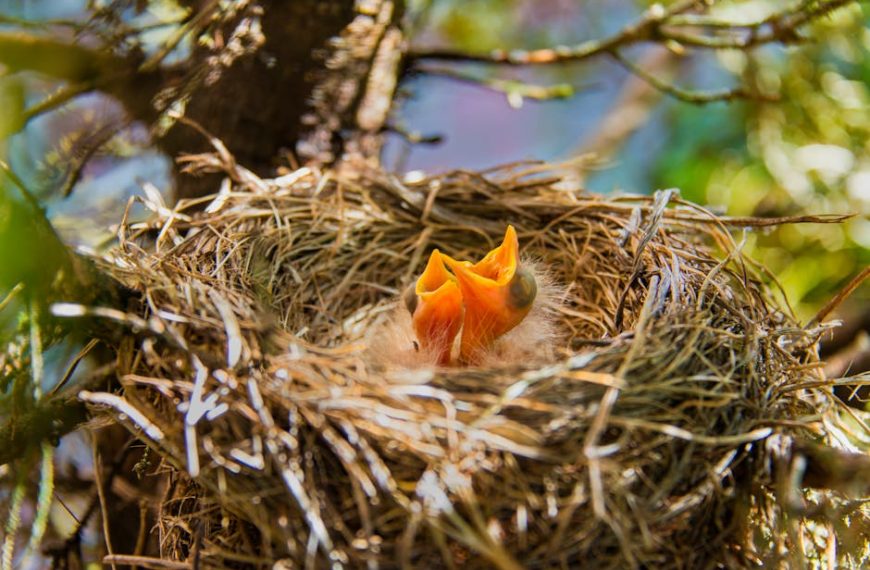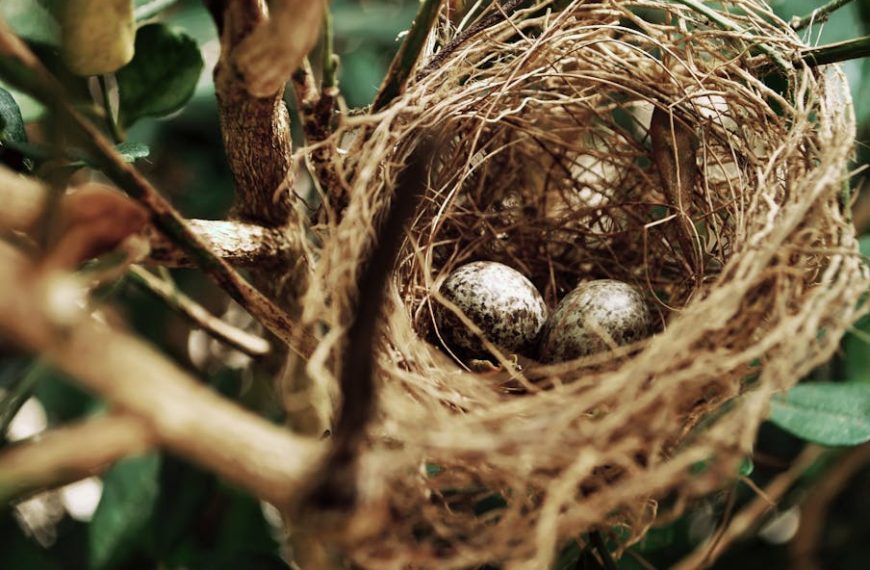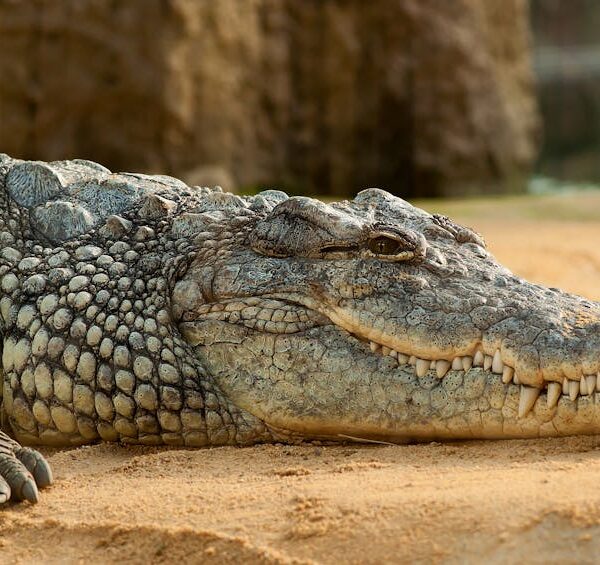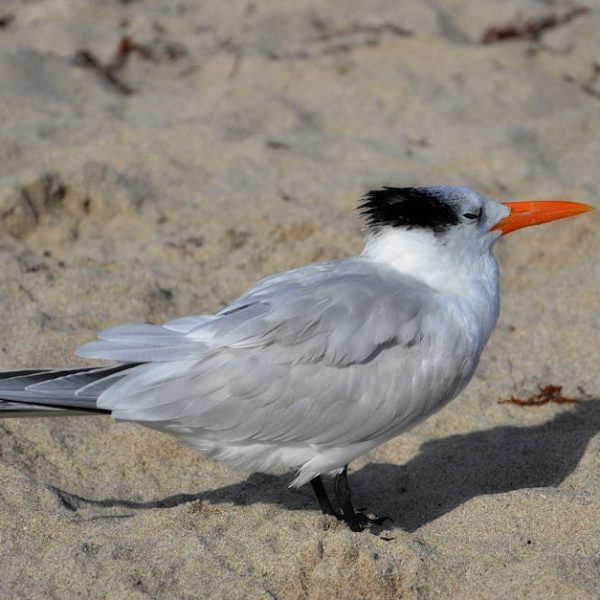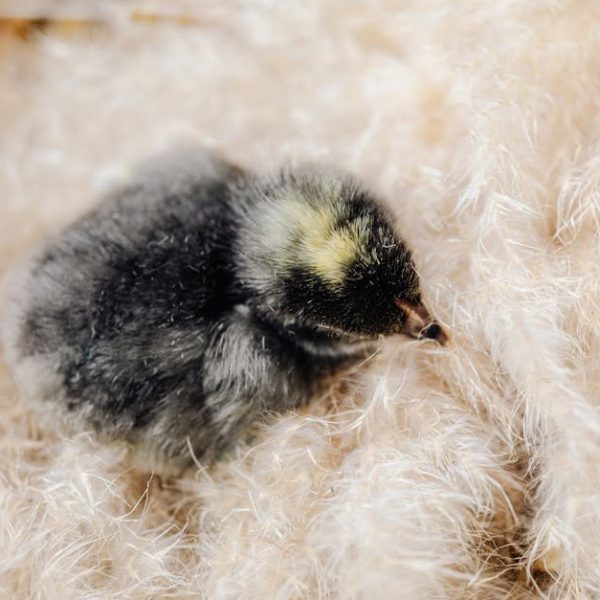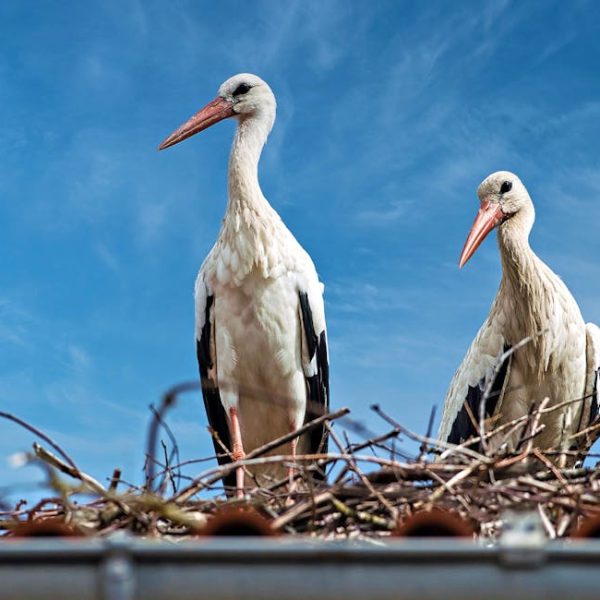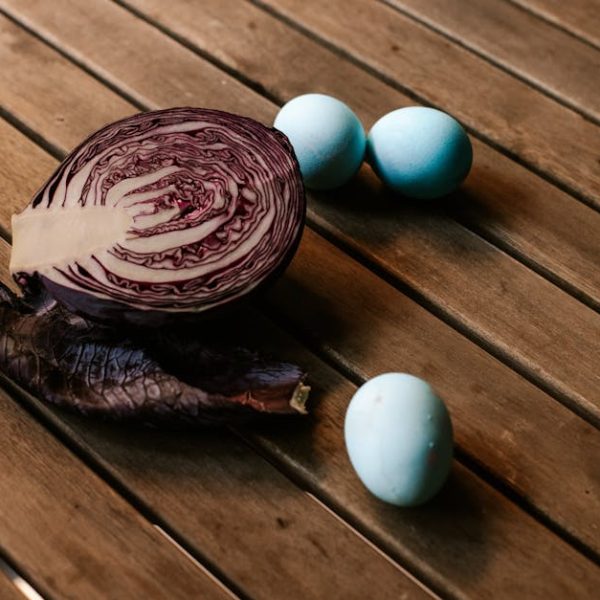The breathtaking sight of a red-breasted robin carefully crafting her nest, or a sky filled with elegant swallows swooping to and fro, are sure signs that the bird nesting season has commenced. However, determining the exact start and end of bird nesting seasons can be quite complex. The nesting season is an integral part of bird’s life-cycle; it signifies the time when they build nests, lay eggs, and rear their chicks. Observing the nesting season can provide us with rich insights into the fascinating world of birds.
Understanding Bird Nesting Cycle
Birds exhibit an intricate cycle during the nesting season. Understanding each stage of the bird nesting cycle is crucial as it illuminates the rich, diverse breeding habits and strategies of different bird species. Most birds have a very well-defined nesting cycle that typically starts in the spring and ends in late summer. However, there are exceptions to this general pattern.
- Nest-Building: Birds are expert craftsmen when it comes to building nests. Each species has its unique nesting structures, varying from the elaborate creations of weaverbirds to the simpler designs of doves.
- Egg-Laying: Following nest-building is the egg-laying stage. Most female birds lay only one egg per day until the clutch is complete.
- Incubation: The incubation period starts after the laying of the final egg.
- Fledging: Fledging is the stage where the chicks venture out of the nest for the first time.
Pro Tip: Birdwatchers can use the nesting cycle as a guide to observe birds responsibly during the nesting season. The start of nesting is often signaled by birds engaging in nest-building activity, while the end of nesting season can be determined once the fledglings leave the nest and become self-sufficient. A word of caution, however – it is very important to respect the birds and their nests and maintain a safe distance to avoid causing disturbance or harm.
Variations in Nesting Seasons Across Different Bird Species
Bird nesting seasons can differ greatly across various species. While some birds, such as Blue Tit and Starling, begin their nesting seasons early, others like the Swallow, Swift and House Martin start late. Some species, like the pigeon, defy the norm and are capable of nesting year-round.
| Bird Species | Start of Nesting | End of Nesting |
|---|---|---|
| Blue Tit | Early February | Late July |
| Starling | Mid-March | Early August |
| Swallow | Early May | Late September |
| Pigeon | Year-round | Year-round |
Unique strategies have evolved in different bird species based on factors like geographical location, climate, and food availability. Continual observation and study are necessary to better understand these wide variations in nesting cycles. Understanding these differences not only enriches our knowledge of these amazing creatures but can also guide better conservation strategies.
Environmental Factors Influencing Bird Nesting Season
There are several environmental factors that can significantly influence the initiation and duration of bird nesting seasons:
- Climate: Climate plays a critical influence in determining the start and end of bird nesting seasons. Warmer climates often mean an earlier start to nesting, while harsh winters can delay the process.
- Food Availability: The availability of food is a decisive factor in when birds decide to nest. An abundance of food means that parents can spend less time foraging and more time rearing their brood.
- Daylight: Lengthening days in the spring often serve as a signal for birds to begin nesting, as longer daylight hours provide birds with more time to find food for their young.
Best Practices: To support healthy bird populations during nesting season, consider creating a bird-friendly environment in your yard. This can mean planting suitable trees and shrubs for birds to nest in, or setting up bird feeders to supplement their food supply. Additionally, keep an eye out for changes in bird behaviour, such as mating displays or increased vocal activity – these could signal the start of the nesting season.
The Impact of Human Activities on Bird Nesting Season
Human activities can greatly impact bird nesting seasons. Urbanization, pollution, and climate change are some of the human-induced elements that may alter the timing and success of bird nesting seasons:
- Habitat Destruction: Urban sprawl often results in the destruction of natural habitats, which can disrupt nesting and force birds to nest elsewhere or at different times.
- Pollution: Pollution can affect the availability and quality of food sources, consequently affecting the health of birds and their chicks.
- Climate Change: Changes in temperature patterns can affect the timing of nesting, as well as food and habitat availability.
Checklist: Every action counts in preserving bird habitats. Here’s a simple checklist to follow:
- Support local initiatives that aim to protect and restore bird habitats.
- Reduce, Reuse and Recycle – Every small action contributes to a healthier environment for birds.
- Avoid using pesticides or chemicals that are harmful to birds and their food sources.
- Keep pets, especially cats, indoors during the bird nesting season to prevent them from interfering with nests or harming fledglings.
Fun Facts and Misconceptions about Bird Nesting Seasons
There are many misconceptions surrounding bird nesting seasons. One common myth is that it’s illegal to touch a bird’s nest or its eggs – this is not universally true, though in many cases it is advisable to avoid disturbing nests for the sake of the birds. Another misconception is that all birds migrate, while in fact, many bird species remain in their breeding areas year-round.
- Fun Fact: Did you know that not all birds build nests? Some birds, such as the Emperor Penguin, carry their eggs on their feet throughout the incubation period!
- Fun Fact: Some bird species, like the common cuckoo, practice brood parasitism – they lay their eggs in the nests of other bird species and let the unsuspecting hosts raise their young.
Pros and Cons: Birdwatching during the nesting season can be a rewarding experience but it’s vital to ensure minimal disturbance to the birds. Let’s observe birds responsibly by staying on designated paths, using binoculars for a close-up view without interfering with the birds, and remaining quiet while observing nesting activity.
Follow these guidelines and enjoy the thrilling spectacle that bird nesting season has to offer!
Key Takeaway:
- The bird nesting cycle represents a crucial part of the avian life-cycle and usually begins in spring, ending in late summer, but variations are observed among different species.
- The nesting cycle includes nest-building, egg-laying, incubation, and fledging.
- Environmental factors such as climate, food availability, and day length significantly influence the start and end of bird nesting seasons.
- Human activities, like pollution, urbanization, and climate change, negatively impact bird nesting seasons.
- Numerous misconceptions and fascinating facts surround bird nesting seasons.
Understanding and respecting bird nesting cycles not only grants us fascinating insights into the world of birds but also allows us to support healthier bird populations. By engaging in mindful observation and committing to creating bird-friendly environments, we can all play a critical part in preserving these magnificent creatures and their unique behaviours.
FAQs
Q: What can I do if I find a bird’s nest in my yard?
A: If you discover a bird’s nest in your yard, the best approach is to leave it undisturbed. Avoid any activities near the nest that might frighten the bird or cause damage.
Q: Is it safe to feed birds during the nesting season?
A: While it’s not harmful to feed birds during nesting season, it’s more beneficial to create an environment that naturally provides for their needs, such as planting native plants that produce seeds, berries, or nectar.
Q: How can I safely observe birds during their nesting season?
A: The key to safely observing birds during the nesting season is to maintain a respectful distance and avoid any actions that could cause distress or disruption. Use binoculars for close-up observation and stay quiet.
Q: Can changes in weather patterns affect bird nesting seasons?
A: Yes, climate and weather patterns can significantly affect the timing and duration of bird nesting seasons. For instance, warmer temperatures may trigger an earlier start of the nesting season.
Q: What roles do humans play in preserving bird habitats?
A: Humans can play a crucial role in preserving bird habitats by supporting local conservation initiatives, reducing pollution, avoiding the use of harmful chemicals, and keeping pets indoors during the nesting season.
Remember to share this article if you found it informative, and feel free to explore more posts to satisfy your curious mind.
